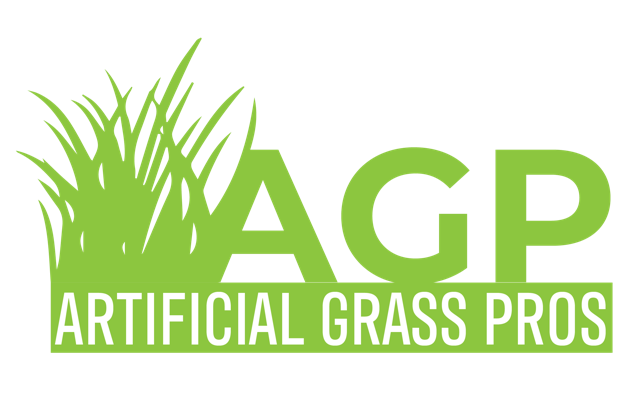If you’re planning to lay artificial grass on a large outdoor area, you might be wondering what the process entails. The installation process involves laying the grass, securing the seam tape, and then applying glue to all edges. Once it’s dry, you can begin to add infill to the grass. If you don’t want to deal with the mess of weeds, you can rent a power broom to clean the area and avoid adding infill. Once the glue has dried, you’re ready to install the artificial grass.
Before starting the installation, you should make sure the surface is flat and beaten up. If there are cracks in the concrete, they may need rebuilding. Smaller cracks are usually repaired with materials from a hardware store. Also, you should apply a layer of sealant to the surface to prevent weeds from growing. After the sealant is applied, you’ll need to remove the masking tape and apply the glue.
The next step is installing the base. The base material used for the installation process can vary widely. For mild climates, you can use type 1 stone, gravel, crushed rock, or decomposed granite. For most applications, you’ll need about three to four inches of base material. This layer will prevent the turf from slumping or settling, and it’s best to choose a firmer sub-base.
A good sub-base is necessary to support the artificial grass. If you want a smooth surface, you can put down some type 1 stone or gravel to provide a firm surface. For a hard base, you can use a firmer material, such as sharp sand. Depending on the climate, the base should be between three and six inches in thickness. Using a sharp sand will help you get the job done quickly and safely.
Besides the sub-base, you should also consider the infill. The infill serves several purposes. It protects the backing from direct sunlight. It also adds weight and durability to the lawn. It will prevent matting and ensure that the grass springs back after heavy traffic. You can also use a combination of these infill materials for your artificial grass. This will make the installation process easier and more convenient. There are several different types of infill, but generally, infill will be the most popular.
After putting down the artificial grass, you can start preparing the sub-base. This is the layer underneath the grass. It has a profound impact on the whole system. It may not be visible, but it has a great impact on the overall performance of the artificial grass. When the sub-base is properly prepared, the artificial lawn will last longer and require less water. It can also be installed on a hard surface without any problems.
For more great reads, look into our other blogs!

Recent Comments